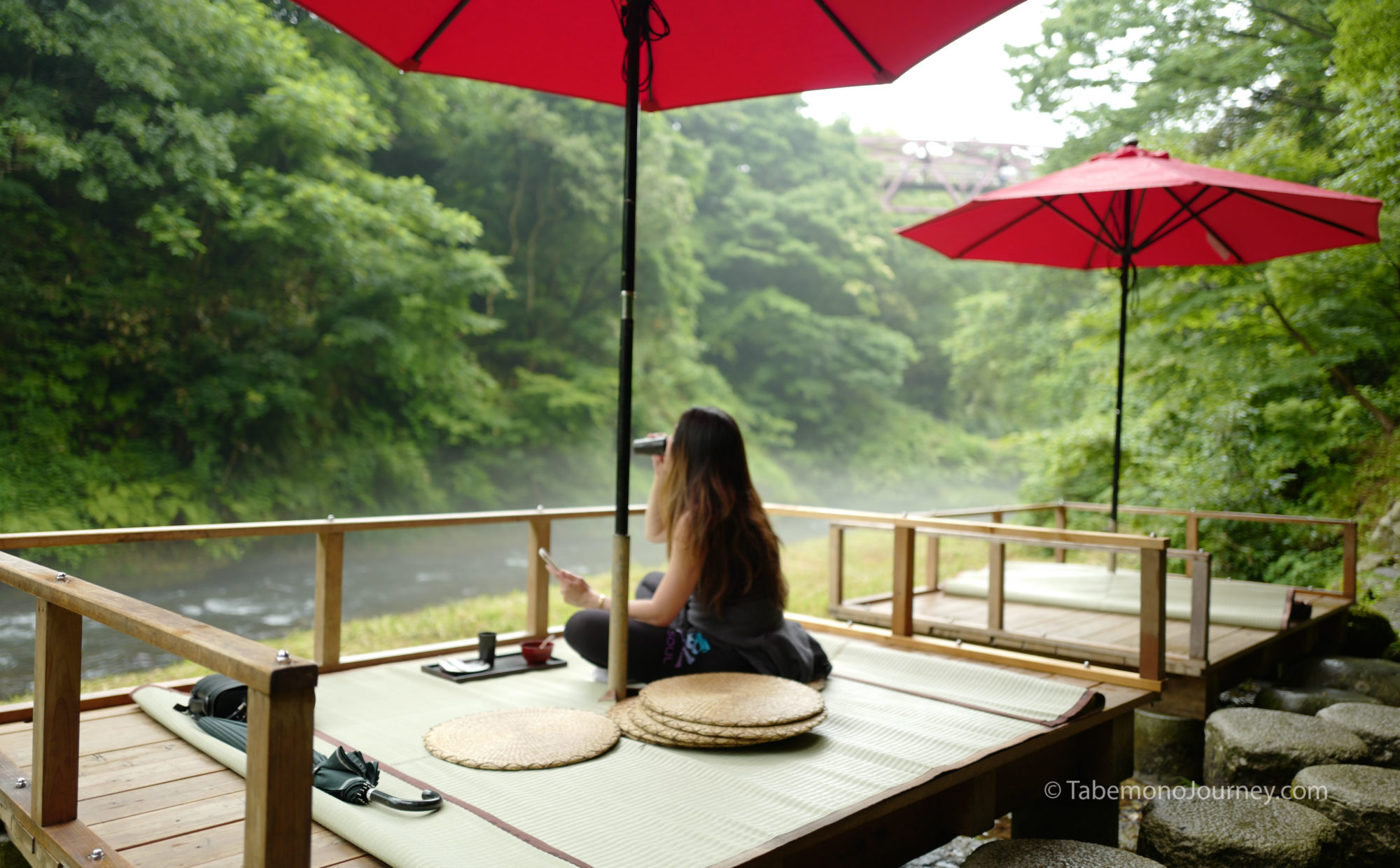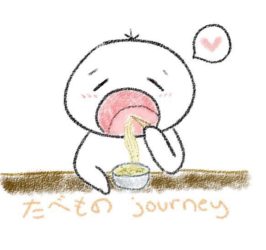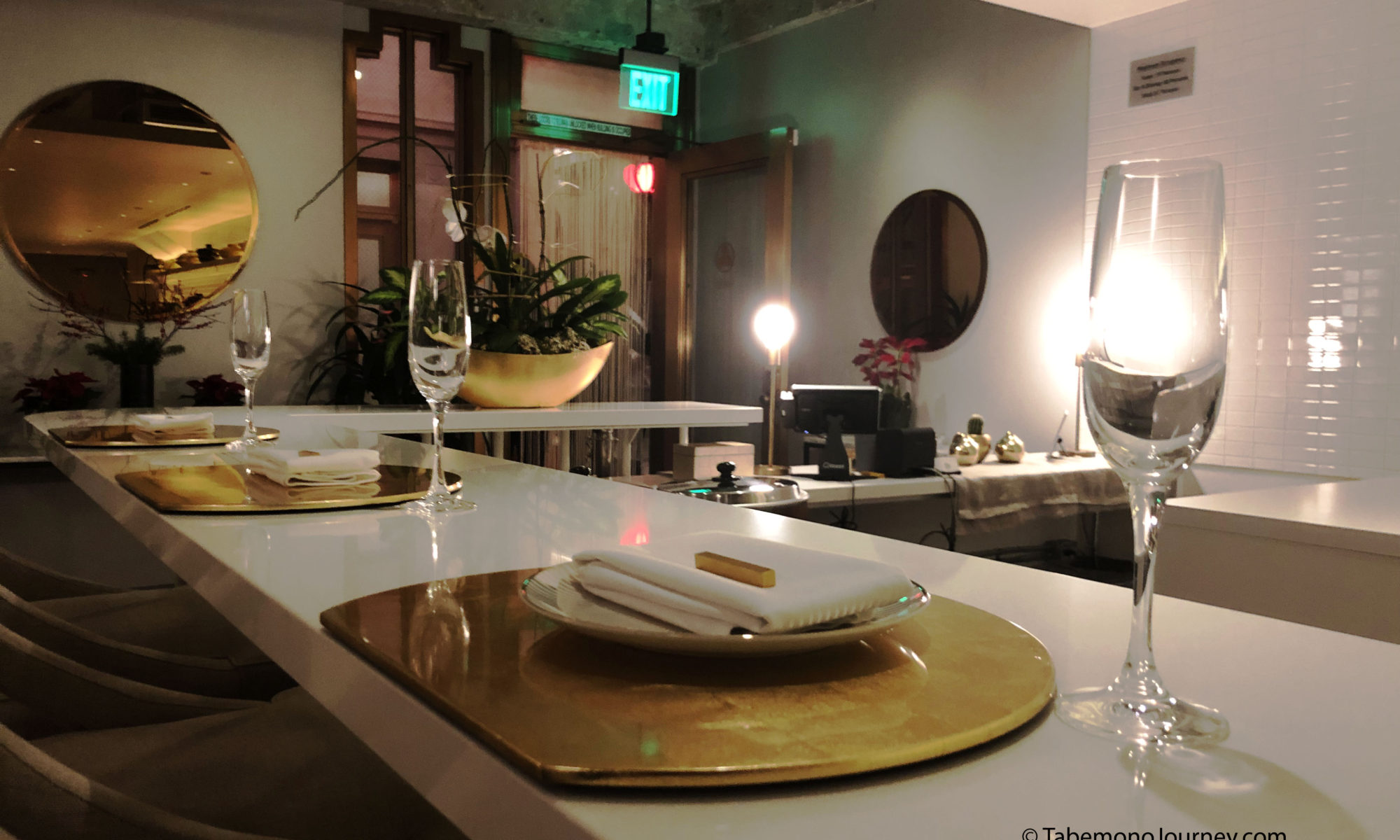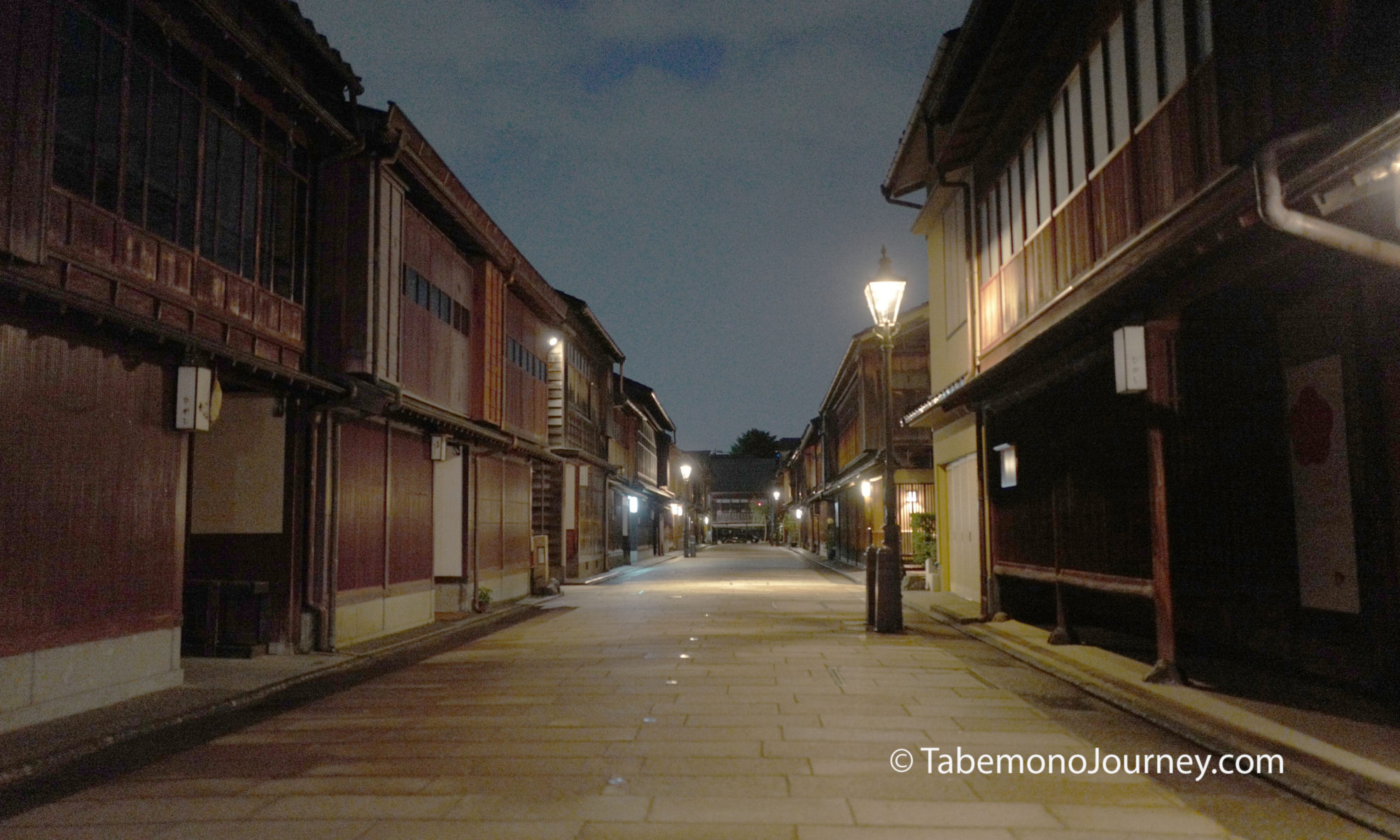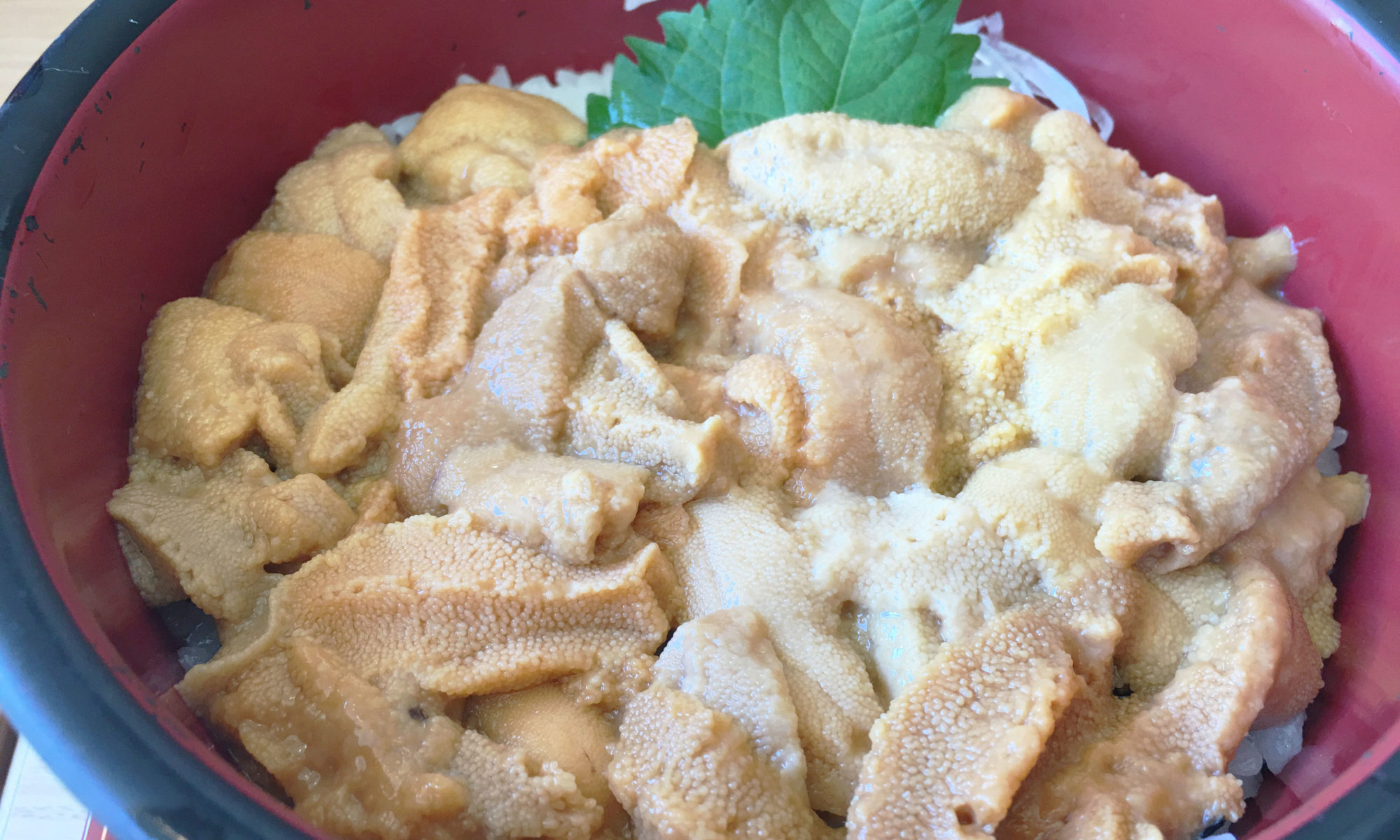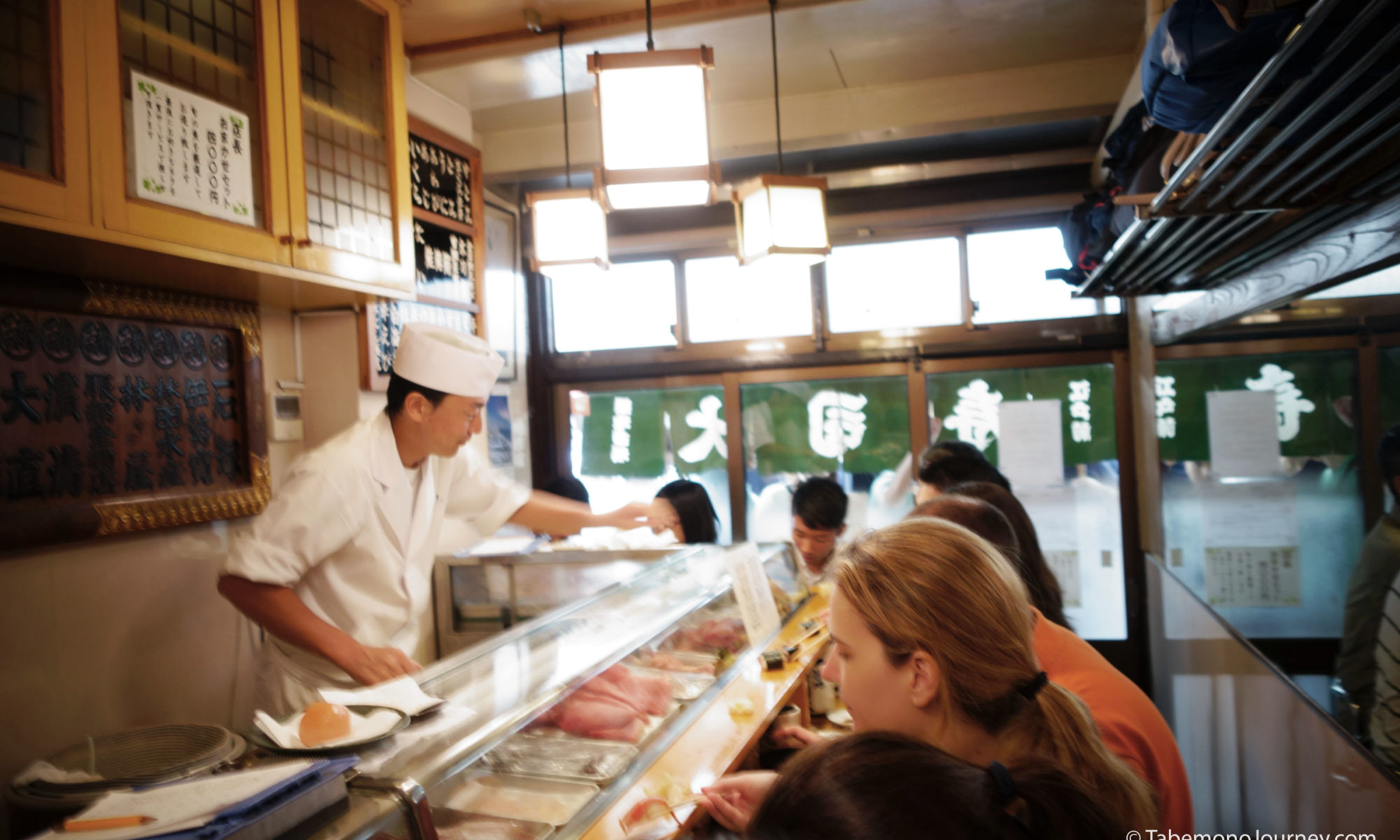The Shota is one of the many omakase restaurants that opened in the last couple of years in San Francisco. The chef/owner is Ingi “Shota” Son. Chef Ingi is familiar to me as he made sushi for me when he worked at Omakase (another sushi spot in SF). I remember that he had a soft, quick, and delicate touch to his sushi making. I also remembered that Omakase’s shari (sushi rice) was not a favorite of mine as I found it soft and under-seasoned. Since Chef Ingi was only one of the many chefs at omakase, I know he did not oversee the direction of the sushi. I read that he went on to work at Hashiri and had prior experience at Morimoto in Napa. Now, having his own restaurant, I was curious to see if his sushi aligned more with my preferences.
Continue reading “Tabemono in SF – The Shota”Tabemono Itinerary – Kanazawa Part 5 – Higashi Chaya, Kazuemachi Chaya, and Oden Yamasan
After our amazing lunch at an almost 90-year sushi master, we headed back to our hotel to regroup and continue with our sightseeing of Kanazawa. We then headed to Kanazawa Station to catch our bus to head over to the chaya district. In the Edo period, chayas are a type of restaurant, usually tea houses, where guests are entertained by geisha who sing and dance. Kanazawa has several chaya districts with Higashi Chaya being the largest and most preserved from the Edo period. It is very similar to Gion in Kyoto, only not as packed with tourists.
Continue reading “Tabemono Itinerary – Kanazawa Part 5 – Higashi Chaya, Kazuemachi Chaya, and Oden Yamasan”Tabemono Summer Vacation- Hokkaido/Tohoku 2016 Day 8 – Shakotan – Misaki for the Best Uni Don in Japan
Continued from post here.
After leaving Otaru, we drove along the beautiful coastal highway route leading to Shakotan. Located in the western peninsula on Hokkaido’s west coast, the water is pristine, cool in temperature, and rich in nutrients due to the water currents. As a result, the konbu (kelp) here are some of the best in all of Japan, and prized in many kaiseki restaurants. Rich in umami, it is this kelp that the sea urchins feed off of along Shakotan. As a result, the uni here has a taste that is richer and sweeter than sea urchin caught anywhere else. In fact, Shakotan uni is known to set the price in fish markets like Tsukiji and throughout Japan. Unfortunately, the uni fishing season here is very short, only from June to August.
Tabemono in Tokyo – Sushi Dai – Good but not worth the over 3 hour wait
Perhaps the most famous restaurant in Tsukiji Market of Tokyo is Sushi Dai. Its lines are legendary- if you come past 7am in the morning, you will have to wait over 3 hours… if you are lucky.
I visited Sushi Dai back in 2014, on my very first time visit to Tokyo. My wife and I went to the Tuna Auction in the morning and afterwards lined up at Sushi Dai. We arrived at about 6:30 am and waited about two and a half hours. Being used to the sushi from the US (with limited options at the time in 2014) it was the one of best sushi I had at the time. Continue reading “Tabemono in Tokyo – Sushi Dai – Good but not worth the over 3 hour wait”
Tabemono at Home: Matsutake Takikomi with a Pressure Cooker
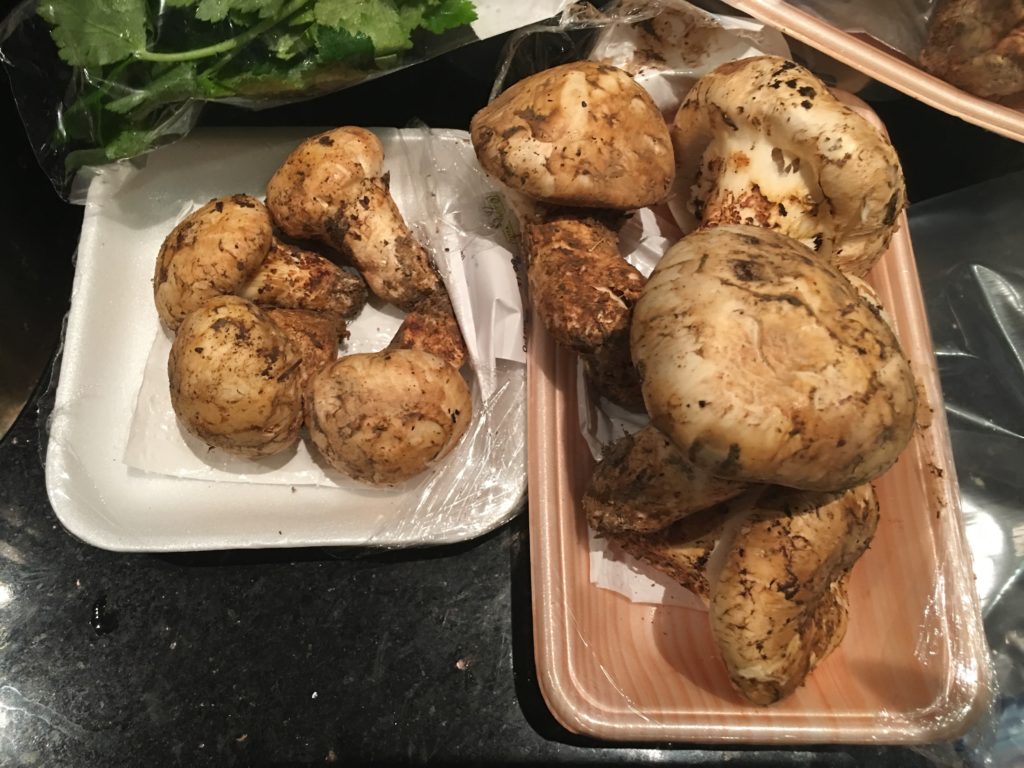
While shopping at my local Japanese grocery store during the autumn months, I spotted matsutake mushrooms on several occasions and have been enjoying this delicacy. It is my favorite mushroom as it has a distinctive yet pleasant aroma of pine trees and cedar. It is usually available from September to January, and are harvested by hand, hence its high price ranging from $15/lb to $50/lb, depending on its grade. Since I was making dinner that night, I really wanted to showcase this amazing ingredient and decided to make matsutake gohan(rice) in the takikomi style with a stove top pressure cooker as it’s faster than a regular rice cooker. Takikomi is a rice dish that is cooked with vegetables, seafood, meats, or in this case mushrooms and is usually cooked with dashi and a soy sauce mix instead of plain water. Continue reading “Tabemono at Home: Matsutake Takikomi with a Pressure Cooker”
